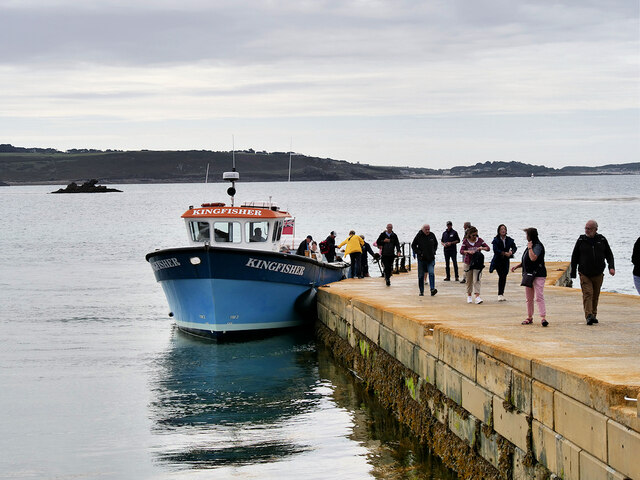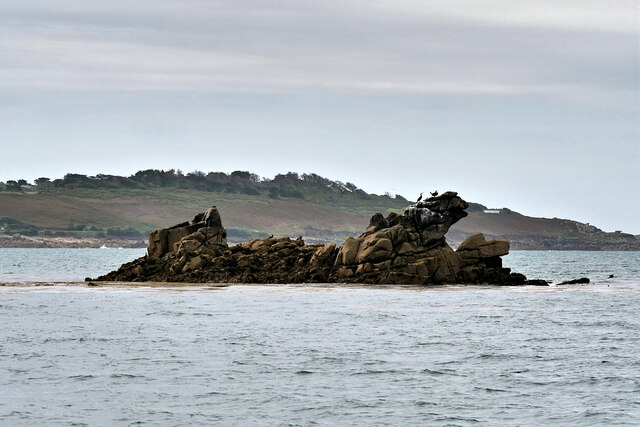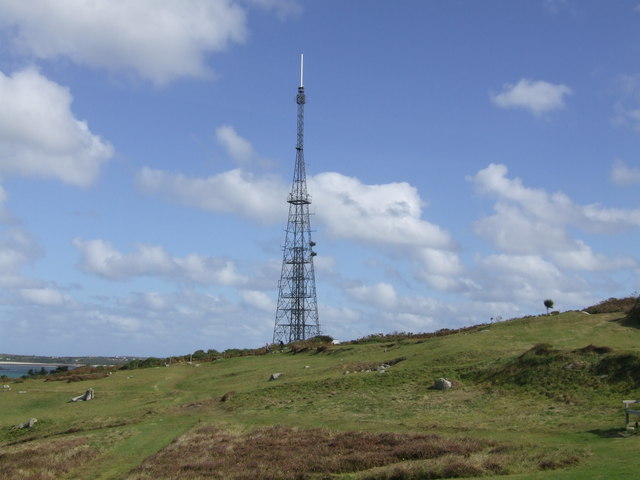East Craggyellis
Island in Cornwall
England
East Craggyellis

East Craggyellis is a small island located off the coast of Cornwall, England. It is part of the Isles of Scilly archipelago, situated approximately 45 kilometers southwest of Land's End. The island covers an area of about 1 square kilometer and has a population of around 50 people.
East Craggyellis is known for its stunning natural beauty, featuring rugged cliffs, sandy beaches, and lush green landscapes. The island is a haven for wildlife enthusiasts, with a diverse range of bird species, seals, and other marine life inhabiting its surrounding waters.
The island's main settlement is a quaint village with traditional stone cottages, a small harbor, and a handful of amenities to cater to residents and visitors. Fishing and agriculture are the primary industries on the island, with locals cultivating crops and rearing livestock to sustain themselves.
Tourism plays a significant role in East Craggyellis' economy, with visitors attracted to its unspoiled scenery and peaceful atmosphere. The island offers opportunities for outdoor activities such as hiking, birdwatching, and beachcombing. There are also a few guesthouses and self-catering cottages available for those looking to stay on the island.
Access to East Craggyellis is mainly via boat or ferry from the larger islands in the Isles of Scilly. Regular services operate between the islands and the mainland during the tourist season, providing convenient transportation options for both residents and tourists.
In summary, East Craggyellis is a charming island in Cornwall, renowned for its natural beauty, tranquil environment, and thriving wildlife. It offers a unique escape for those seeking a remote and picturesque destination.
If you have any feedback on the listing, please let us know in the comments section below.
East Craggyellis Images
Images are sourced within 2km of 49.948006/-6.3079638 or Grid Reference SV9114. Thanks to Geograph Open Source API. All images are credited.













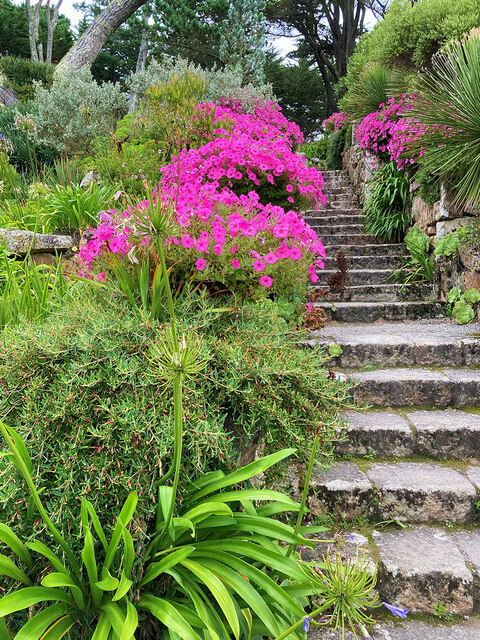
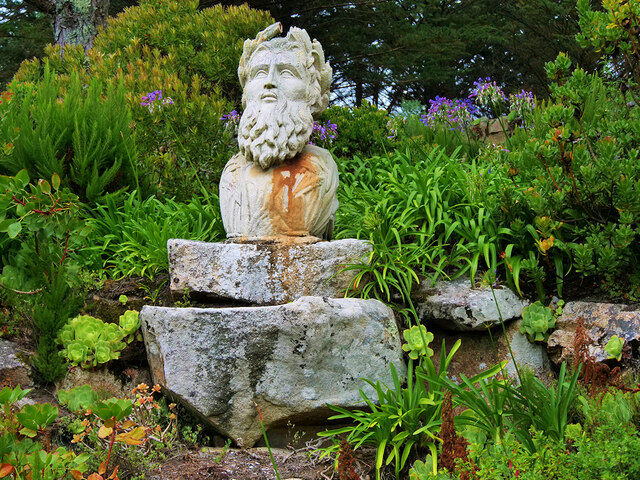
East Craggyellis is located at Grid Ref: SV9114 (Lat: 49.948006, Lng: -6.3079638)
Division: Isles of Scilly
Unitary Authority: Isles of Scilly
Police Authority: Devon and Cornwall
What 3 Words
///plodded.bloodshot.dandelions. Near Tresco, Isles of Scilly
Nearby Locations
Related Wikis
Tresco Priory
Tresco Priory is a former monastic settlement on Tresco, Isles of Scilly founded in 946 AD. It was re-founded as the Priory of St Nicholas by monks from...
Tresco Heliport
Tresco Heliport (ICAO: EGHT) is a heliport located on the island of Tresco, in the Isles of Scilly off the southwest coast of the United Kingdom. The heliport...
Halangy Down transmitter
The Halangy Down transmitter on St Mary's, Isles of Scilly is a 500-watt FM radio and television transmitter with a 76.2 metres (250 ft) high steel lattice...
Tresco Abbey Gardens
Tresco Abbey Gardens are located on the island of Tresco in the Isles of Scilly, United Kingdom. The 17 acre gardens were established by the nineteenth...
Have you been to East Craggyellis?
Leave your review of East Craggyellis below (or comments, questions and feedback).
